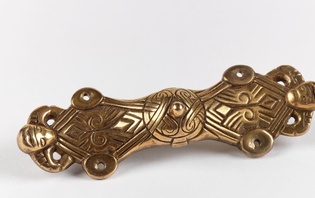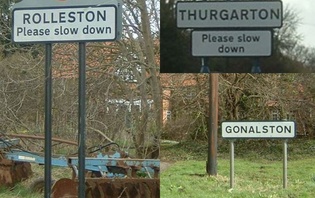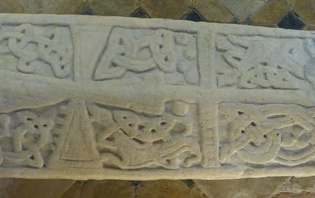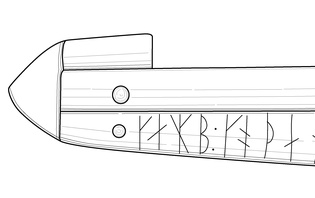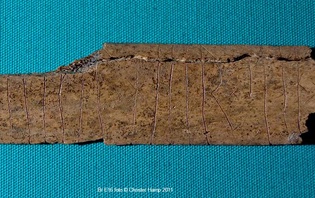Blazing Saddles? Saddles in the Viking Age (Part 2)
By Dr Rena Maguire, Queen's University Belfast
Posted in: Archaeology, East Midlands
This is part 2 of a blog post on Viking Age riding equipment. You can read Part 1 HERE.
Viking saddles develop from the 4th century AD, with Eurasian influences very obvious, and there’s a bit of Roman influence there too, but when you think of the great war booty deposits of the Roman Iron Age in that region, that is very much to be expected. Typically, the saddles have high pommels, and occasionally high padded cantles to create a very secure and comfortable seat, although we are still uncertain about some aspects of their construction and use. Often there are gullets and pommel horns not unlike a modern Western saddle, enhancing the comfort aspect for the long distance rider. When we consider the pacing animals in Nordic equitation, and the glorious flying tölt they execute, then this makes a lot of sense. The pace of these ponies eats the miles up with maximum comfort. You would not want to spend an entire day cross-country hacking in a flat dressage saddle as you’d be very ‘Thor’ at the end it all ( sorry). It has to be noted that it is very difficult to knock someone out of one of these saddles.
Saddles have been found in burials around Scandinavia in various states of preservation, sadly none of them ultimately satisfying to the archaeological mind, but I have to say I’ve been quite taken with the reconstructions by Carlstein (2014) to fill in the gaps of Vendel (and as a result Viking) saddlery. Examples have been found at Vallstenarum, in Gotland, and also in the Valsgärde 7 burial (see Fig. 4), both Vendelic, but there is such a huge continuity of style, the chronological devil appears to be in the details. These saddles were decorated with metal mounts on both pommel and cantle (Lindgren 2017; Carlstein 2014; Arwidsson 1977). The most complete example is the Oseberg saddle, which dates between AD 800 -900 (Bonde and Christansen 1993). It is made of beechwood, and in the absence of the padding it would have had around it, stud marks are visible, which may well suggest it too would have had decoration of some kind. Likewise with the frame of a saddle found at Fishamble Street in Dublin (Kavanagh 1988).
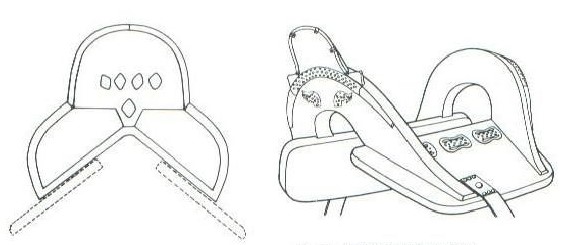
Fig. 4. Reconstruction of Valsgärde saddle, from Arwidsson 1977.
Bling was commonplace on Viking equestrian equipment, making the ordinary workaday object into something very beautiful. Many of the decorative mounts which share commonalities of design may well mark out specialist workshops, sought out because they created things of power and beauty.
Back for a moment to the Vendel saddles of the 7th century AD at Vallstenarum in Sweden; it is notable because of its finely worked hawk or falcon decorative mounts. These little objects, now on display in the Statens Historika Museet in Stockholm are just under 8 cm in length, very close indeed to the length (7.4 cm) of the Leicestershire piece. On their reverse side, the bird of prey mounts of the Vallstenarum saddle have dents and marks indicating that they were attached by small rivets and pins in a manner similar to our UK mystery piece. This ‘pinning’ is noted by Akhmedov (2018, 518) in his discussion on the fantastical little creatures and human features which decorated equestrian equipment during the early medieval period in northwestern Europe and Scandinavia (Akhmedov 2018, 520).
If we are to go purely on the indentations and places where rivets have connected it to something, it would seem fairly plausible that this was perhaps one of a pair of very fine saddle decorations. A caveat must be emphasised again that the mount could be from clothing, jewellery, a box holding precious things – there are a host of possibilities. I think one of the areas I would want to examine would be the off-centre, very raw perforation in the piece. It appears to be from being placed on something which had stretched or altered shape slightly in use, which also may point towards saddlery. The tree of saddles are wood and the padding leathers and fibre, and these stretch with time and regular, repetitive use. It is why horsie folks tend to check their saddles on a fairly regular basis. We do not have pretty gold and copper alloy decorations anymore (more’s the pity) but if we did, and the saddle was worn, the perforation of a softish metal would warp slightly, showing how we were riding – straight or lopsided. An analysis of use-wear, and direction of ‘tug’ may provide some interesting information. Likewise with the metal itself, a quick, non-invasive analysis via pXRF would indicate the nature of the alloy.
The symbolism of the creatures and the little manikin with the staring eyes no doubt have their own story to tell (Nordqvist 2013), which I would feel safer being left in the hands of Viking specialists, but for now, this little object offers a potential insight into someone’s unique tastes and preferences in decorating for power and success.
Akhmedov, I. 2018. ‘Matrices from the Collection of K.I. Ol’shevskij. The North Caucasian group of Early Medieval imprinted decorations’ in Nagy, M and Szőlősi, K (eds) To make a fairy’s whistle from a briar rose” Studies presented to Eszter Istvánovits on her sixtieth birthday. Nyíregyháza: Jósa András Múzeum 505-527
Arwidsson, G. 1977. Valsgärd 7 AMAS ( Die graberfund von Valsgarde 3) Uppsala
Bersu, G. and Wilson, D.M. 1966. Three Viking graves in the Isle of Man (No. 1). Society for Medieval Archaeology.
Bonde, N. and Christensen, A.E., 1993. ‘Dendrochronological dating of the Viking Age ship burials at Oseberg, Gokstad and Tune, Norway’. Antiquity. 67. 256. 575-583.
Carlstein, C. 2014. Krigarens säte i striden? En kvantitativ studie av beslag och ringar tillhörande den Sydskandinaviska ringsadeln, med utgångspunkt i fynden från krigsbytesofferplatsen i Finnestorp. Unpubished dissertation. Göteborgs Universitet
Geake, H. 2005 Medieval Archaeology 49, Available at: http://archaeologydataservice.ac.uk/archiveDS/archiveDownload?t=arch-769-1/dissemination/pdf/vol49/49_323_473_med_britain.pdf
Kavanagh, R., 1988. ‘The horse in Viking Ireland’ in Bradley, J and Martin F.X (eds) Settlement and society in medieval Ireland. Boethius Press, Kilkenny. 89-121.
Lindgren, S. 2017 Glimmande artefakter och vendeltida social struktur – En studie av järnålderslandskapet i Vallstena socken på östra Gotland 7th century AD. Unpublished dissertation Uppsala University
Nordqvist, B., 2013. ‘Symbols of identity: A phenomenon from the migration period based on an example from Finnestorp’ in Bergerbrant, S and Sabatini, S (eds.) Counterpoint: Essays in Archaeology and Heritage Studies in Honour of Professor Kristian Kristiansen Oxford :BAR S2508. 213-221.
Pedersen, A. 1996-97. ‘ Riding gear from late Viking Denmark’ Journal of Danish Archaeology .13. 133-161
Wilde, W.R., 1861. A descriptive catalogue of the antiquities of animal materials and bronze in the museum of the Royal Irish Academy. Dublin: Hodges.
Dr Rena Maguire recently completed her PhD at Queen’s University Belfast. Her main research interests lie in Late Iron Age material culture studies, metals and horses.

